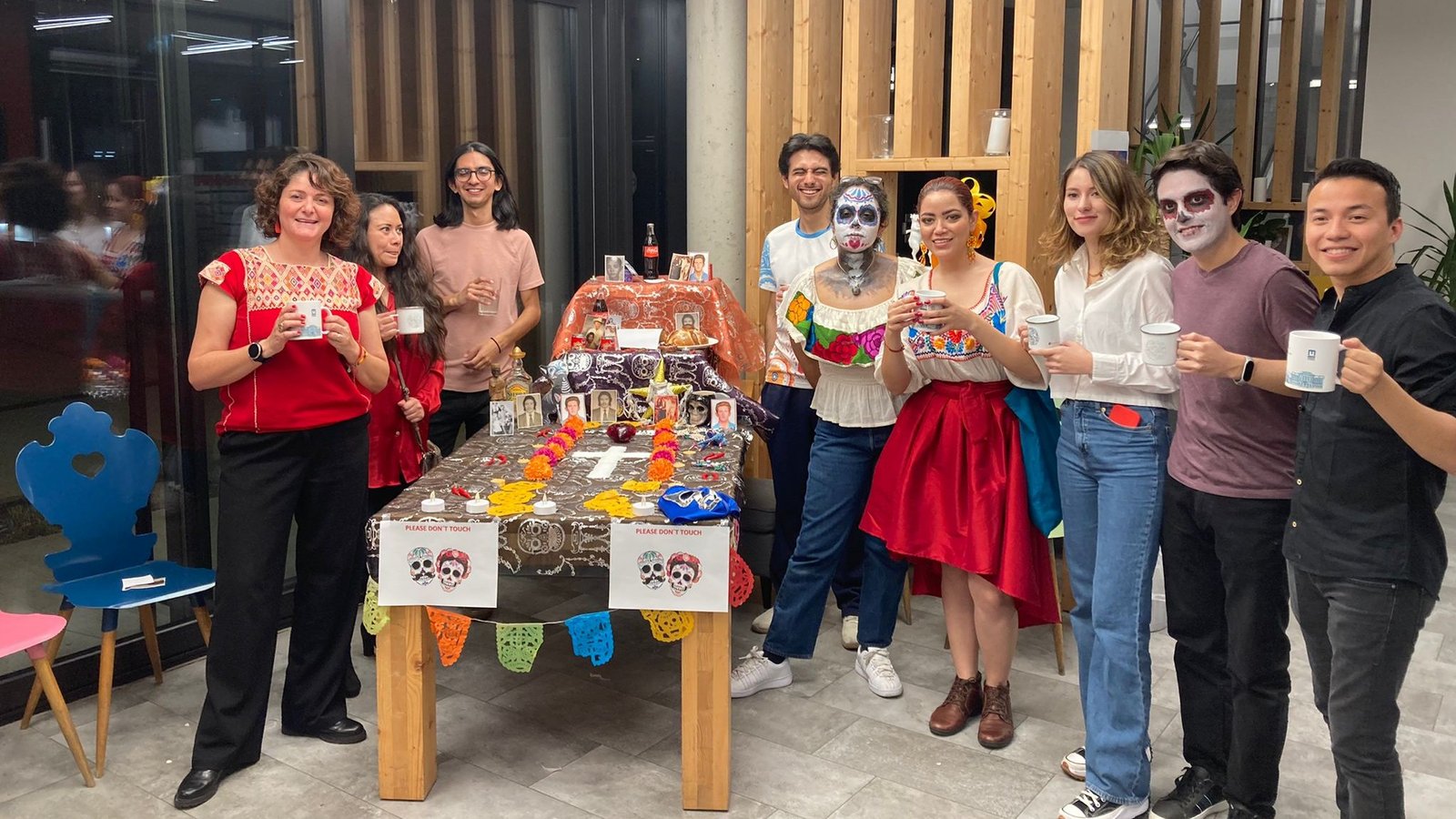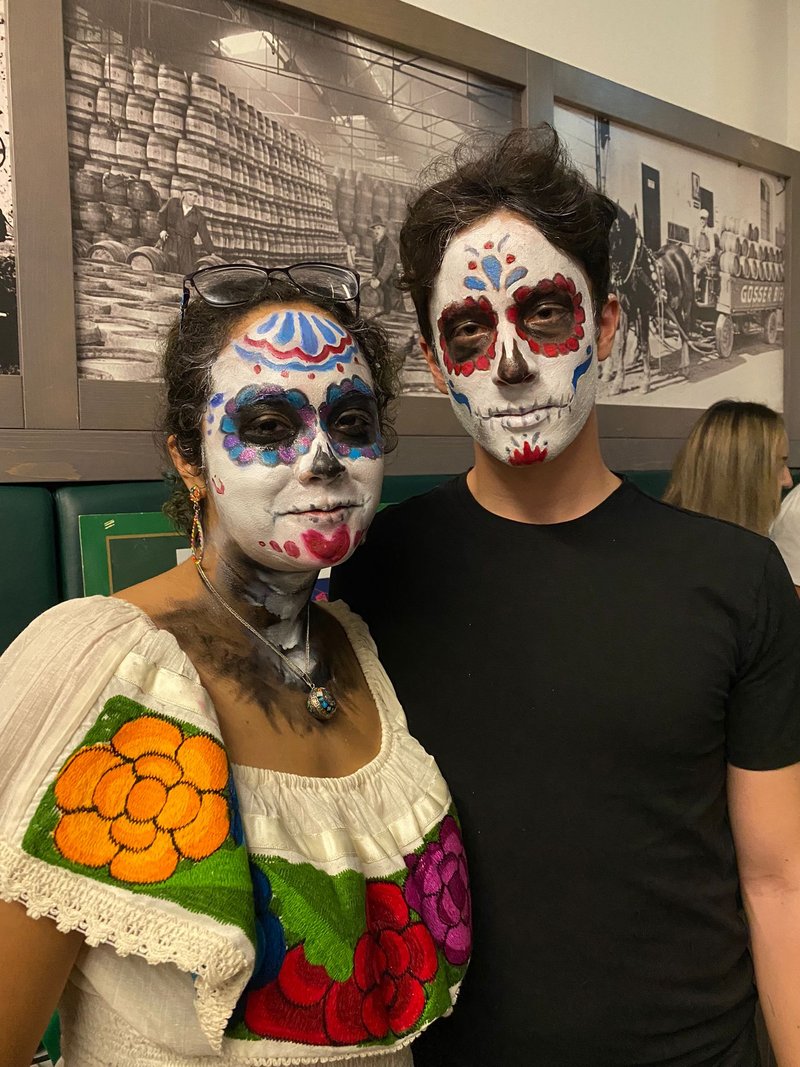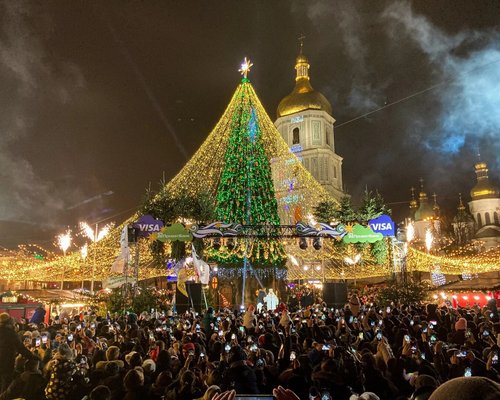
Dia de Muertos - Day of the Dead
First of all, we may go back to the origins. While in pre-Hispanic times, the cult of death was one of the main elements of culture. The deceased were buried wrapped in a petate (a type of mat or rug used to sleep on), and their relatives would organize a party to guide them on their journey to Mictlan -which is the underworld of Aztec mythology-. Also, they would place the dead’s favorite food and spirits in life, since they might be hungry once they arrive.

The Day of the Dead in the indigenous vision implies the transitory return of the souls of the deceased, who return to the world of the living, to live with their relatives for a day and to nourish themselves with the essence of the food offered in the altars. And death does not represent an absence but a living presence; death is a symbol of life itself. In this sense, it is a celebration which carries a great popular transcendence, since it includes diverse meanings, from philosophical to material. On the other hand, half its origin is located in the celebration of the Catholic religious rituals brought by the Spaniards. Although a cult of death seems curious, Mexicans are not the only ones to celebrate it; perhaps a more familiar ritual can be found in the Korean ancestors’ ceremony or in the relationship with death during the Victorian era (mostly England).
Thus, on 2 November, we usually hold a family party, where the guests of honor are those who have passed away. We complete the feast with music, dancing, Mexican traditional songs, and lots of joy. And speaking of music, this time we chose to present songs about the beauty of death (The Weeping Woman tale might be the most known, I believe), and about the beauty of love which, dead or alive, will always prevail.

Our celebration included Mexican sauces and guacamole that delighted (and probably spiced a bit too much) the diners, a good hot chocolate as you can only get in Puebla - the Erasmus guys actually brought this one from Mexico by the way - and we could not miss the homemade Pan de muerto - don't be scared, it is an orange bread with orange blossom and nothing else.
There is this very well known fact: nobody escapes death. However, and despite the pain that its presence may cause, we have learned to perceive it as a stage in which we must rejoice. Last but not least, we are infinitely grateful to all the community who joined us in this beautiful event, for their warmth and for their genuine curiosity and respect for our traditions. And as the Uruguayan Mario Benedetti would say: "After all, Death is nothing more than a symptom, for there was life in there once".
Giselle Perla Soto Quezada for MIRO
IG gis.soto

